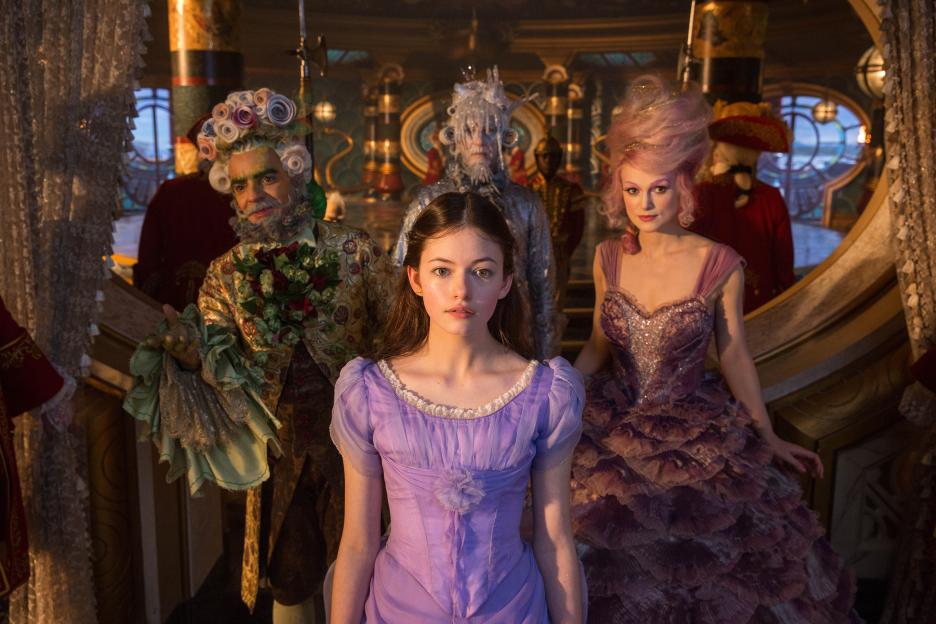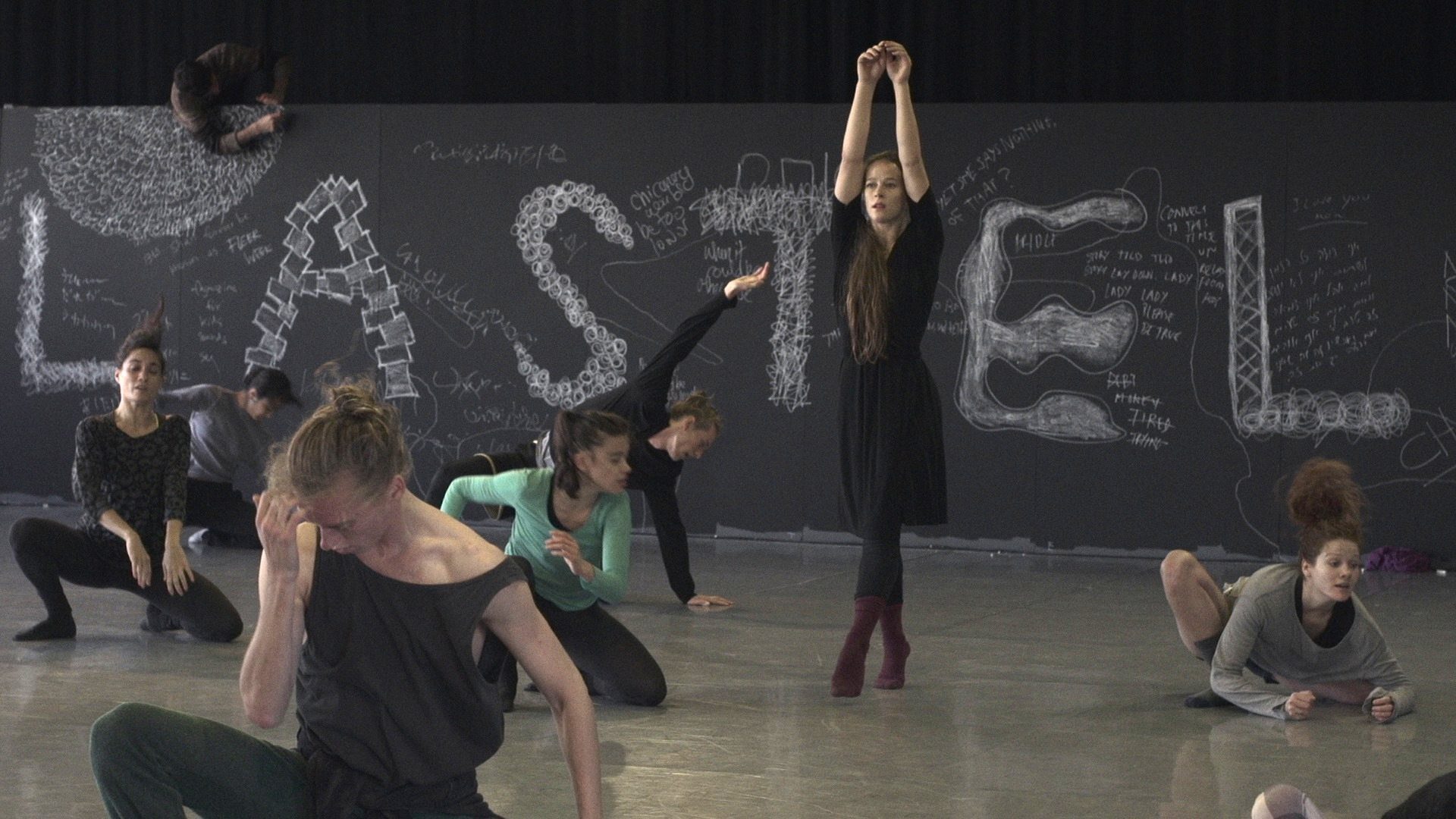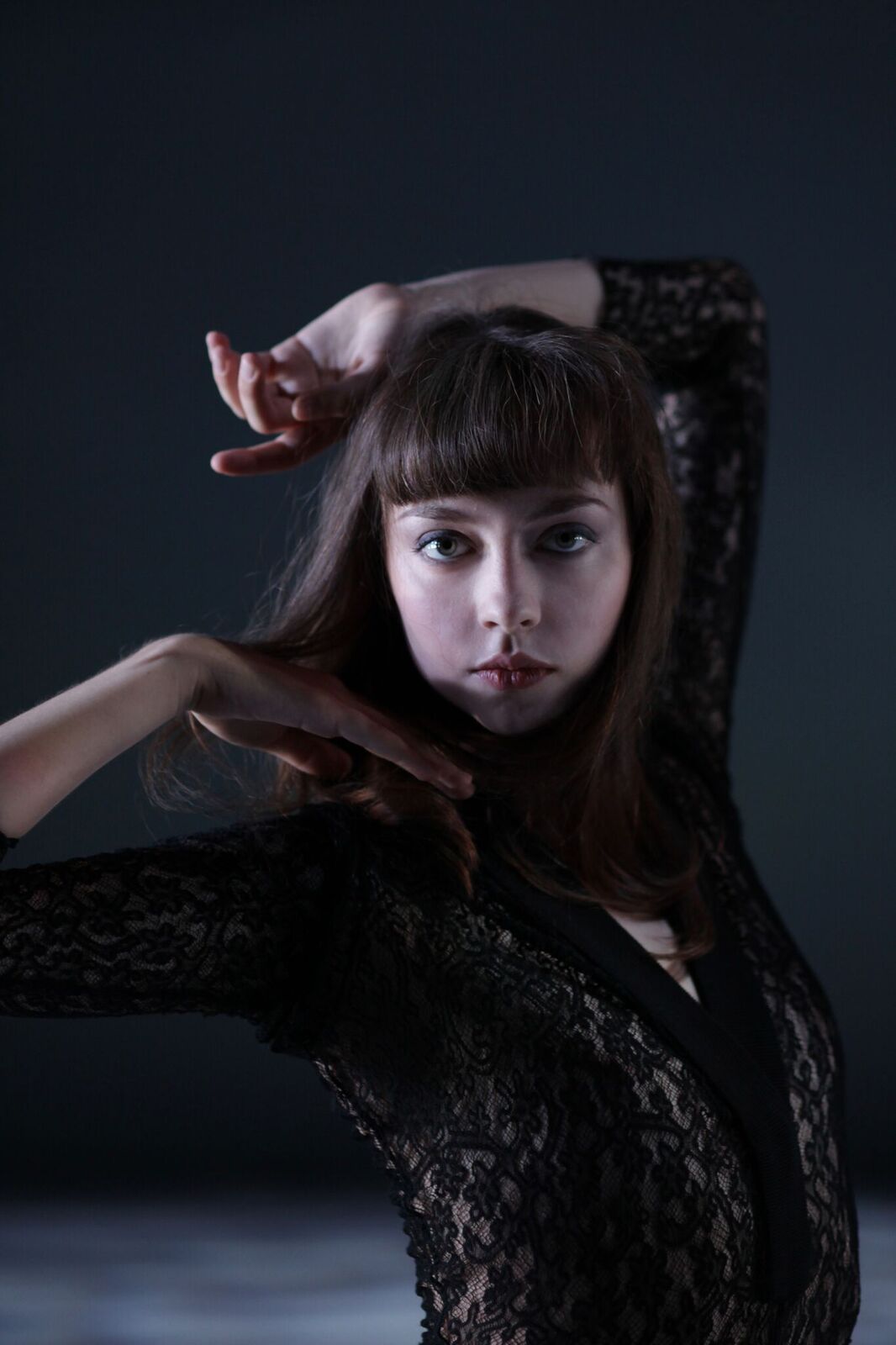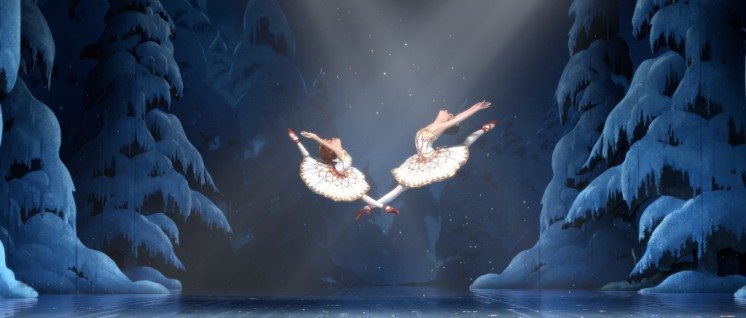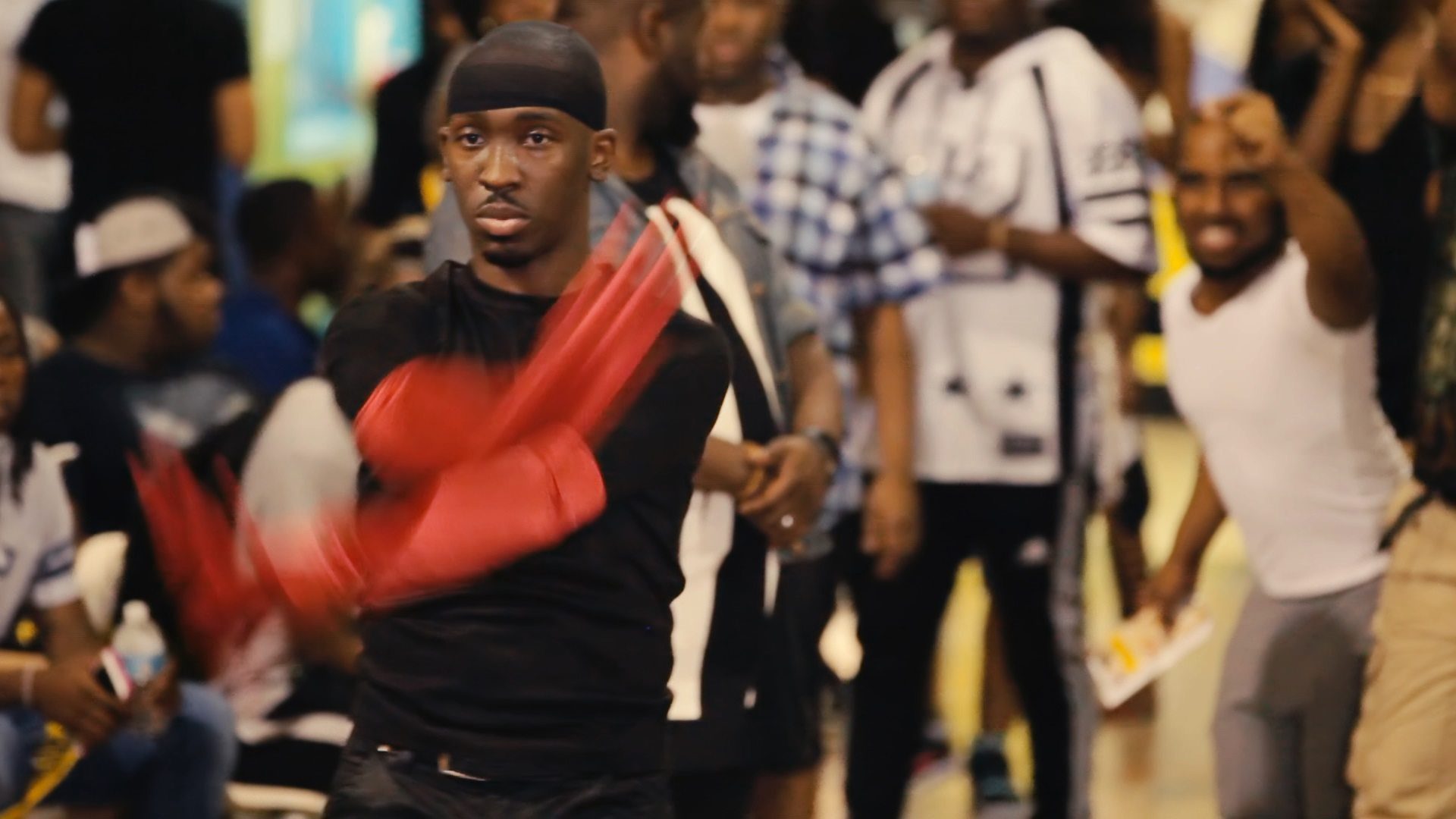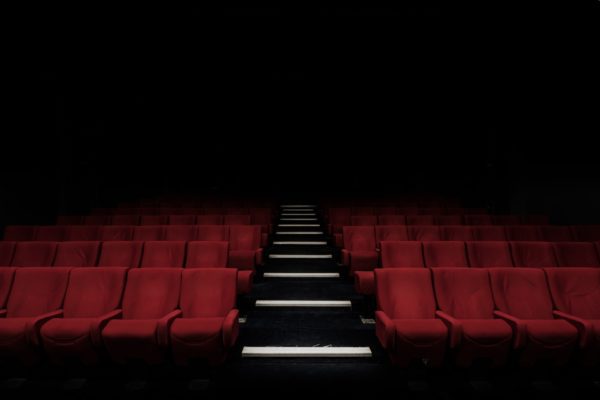
We Are the Heat – Dance of Redemption?
In the port city of Buenaventura, Columbia, a young man and his friends struggle to escape their poverty. Their weapon in this war is dance.? In We Are the Heat, Harvey and his crew battle corruption, drug traffickers, and other dance crews as they try to find not just a new life, but redemption from…

